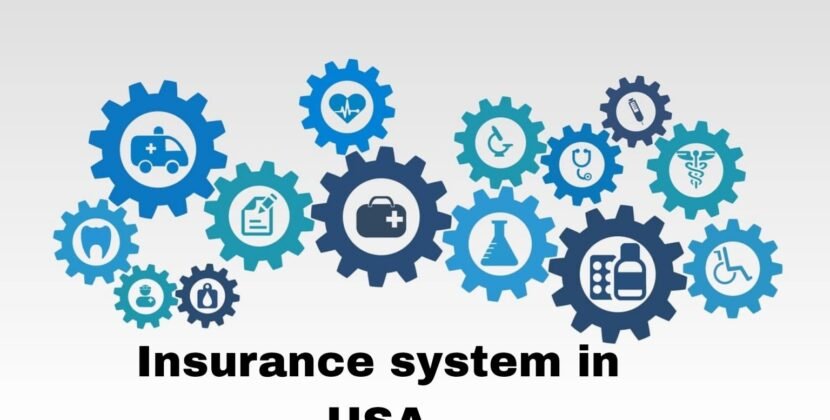High blood pressure, also known as hypertension, affects millions worldwide and is a significant risk factor for heart disease, stroke, and other serious health issues. While medication is often necessary, dietary changes can play a crucial role in managing and even lowering blood pressure levels. In this comprehensive guide, we’ll explore the Best Foods to Include in Your Diet for High Blood Pressure Lyricsbaazaar.com and promote overall heart health.
Best Foods to Include in Your Diet for High Blood Pressure Lyricsbaazaar.com
In managing high blood pressure, incorporating Best Foods to Include in Your Diet for High Blood Pressure Lyricsbaazaar.com can play a pivotal role.
Leafy Greens
Leafy greens such as spinach, kale, collard greens, and Swiss chard are rich in potassium, which helps your kidneys excrete sodium through urine, thereby lowering your blood pressure. These greens are also high in magnesium, another mineral linked to blood pressure regulation. Incorporating a variety of leafy greens into your diet, whether in salads, smoothies, or cooked dishes, can contribute to better blood pressure management.
Berries
Berries like strawberries, blueberries, and raspberries are packed with antioxidants called flavonoids, which have been shown to reduce blood pressure and improve heart health. These fruits are also low in calories and high in fiber, making them an excellent choice for satisfying sweet cravings without causing blood sugar spikes.
Oats
Oats are a fantastic source of soluble fiber, which can help lower both systolic and diastolic blood pressure levels. Consuming oats regularly can also improve cholesterol levels and promote overall heart health. Start your day with a bowl of oatmeal topped with fresh fruit or nuts for a nutritious and blood pressure-friendly breakfast.
Fatty Fish
Fatty fish like salmon, mackerel, and sardines are rich in omega-3 fatty acids, which have been shown to reduce inflammation and lower blood pressure levels. Aim to include fatty fish in your diet at least twice a week to reap the cardiovascular benefits. If you’re not a fan of seafood, consider taking fish oil supplements as an alternative.
Nuts and Seeds
Nuts and seeds, such as almonds, walnuts, flaxseeds, and chia seeds, are excellent sources of potassium, magnesium, and healthy fats, all of which can help lower blood pressure levels. Snack on a handful of nuts or seeds between meals, sprinkle them on salads or yogurt, or incorporate them into baked goods for added nutrition.
Garlic
Garlic has been used for centuries for its medicinal properties, including its ability to lower blood pressure. It contains compounds like allicin, which have been shown to relax blood vessels and improve blood flow. Incorporating fresh garlic into your cooking or taking garlic supplements may help lower your blood pressure over time.
Beans and Legumes
Beans and legumes such as lentils, chickpeas, black beans, and kidney beans are high in fiber, protein, and various nutrients that can benefit heart health. Studies have shown that consuming beans and legumes regularly can lower blood pressure levels and reduce the risk of cardiovascular disease. Add them to soups, salads, or main dishes for a nutritious and filling meal.
Greek Yogurt
Greek yogurt is an excellent source of calcium and potassium, two minerals that play a crucial role in blood pressure regulation. Opt for plain, low-fat Greek yogurt and avoid varieties with added sugars. Enjoy it as a snack, or use it as a base for smoothies, dips, and salad dressings to boost your intake of heart-healthy nutrients.
Dark Chocolate
Dark chocolate contains flavonoids called flavonols, which have been shown to improve blood vessel function and lower blood pressure. However, it’s essential to choose dark chocolate with a high cocoa content (70% or higher) and consume it in moderation, as it is still calorie-dense. Enjoy a square or two of dark chocolate as an occasional treat to satisfy your sweet tooth while promoting heart health.
Olive Oil
Olive oil is a staple of the Mediterranean diet, which is renowned for its heart-healthy benefits. It is rich in monounsaturated fats and antioxidants, which can help lower blood pressure and reduce inflammation. Use olive oil as your primary cooking oil, drizzle it over salads, or use it as a dip for bread to incorporate its health-promoting properties into your diet.
Conclusion on Best Foods to Include in Your Diet for High Blood Pressure Lyricsbaazaar.com
Making dietary changes is a crucial step in managing high blood pressure and reducing the risk of cardiovascular disease. By incorporating the foods mentioned above into your daily meals and snacks, you can support overall heart health and potentially lower your blood pressure levels. Remember to also limit your intake of sodium, processed foods, and sugary beverages, and maintain a healthy lifestyle with regular exercise and stress management techniques for optimal blood pressure control. Consult with a healthcare professional or registered dietitian for personalized advice and guidance tailored to your individual health needs.













